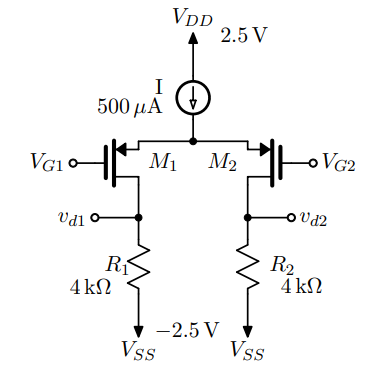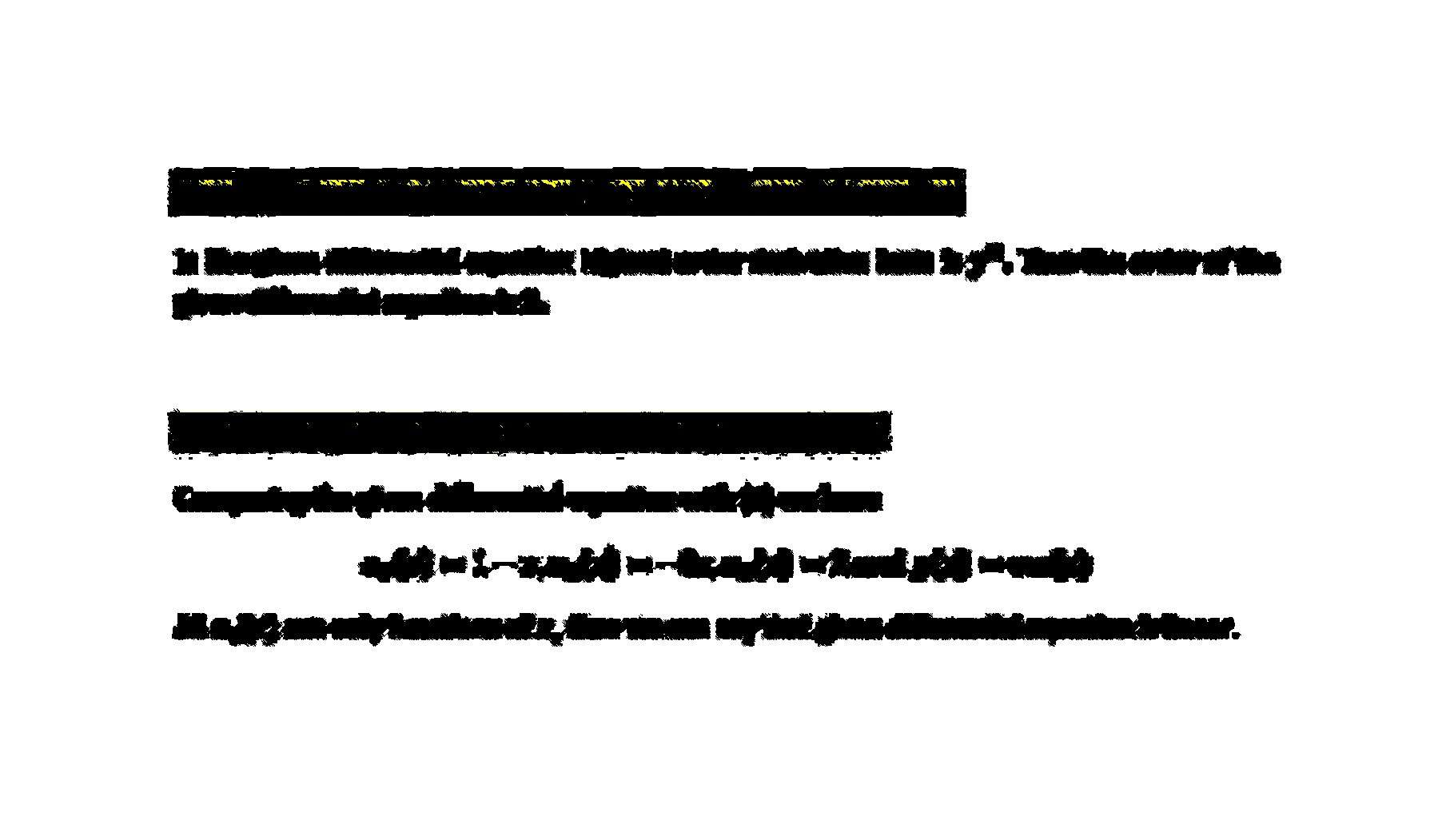For the PMOS differential amplifier shown in Fig. P8.2 let Vtp = -0.8 V and kp'W/L = 4 mA/V^2. Neglect channel-length modulation. (a) For VG1 = VG2 = 0V, find Vov and VGS for each of Q1 and Q2. Also find Vs, VD1, and VD2. (b) If the current source requires a minimum voltage of 0.5 V, find the input common-mode range.
For the PMOS differential amplifier shown in Fig. P8.2 let Vtp=-0.8V and k'pW/L=4mA/V^2. Neglect channel-length modulation.
(a) For VG1 = VG2 = 0V, find Vov and VGS for each of Q1 and Q2. Also find Vs, VD1, and VD2.
(b) If the current source requires a minimum voltage of 0.5 V, find the input common-mode range.



You'll get a detailed, step-by-step and expert verified solution.
 Work With Experts to Reach at Correct Answers
Work With Experts to Reach at Correct Answers